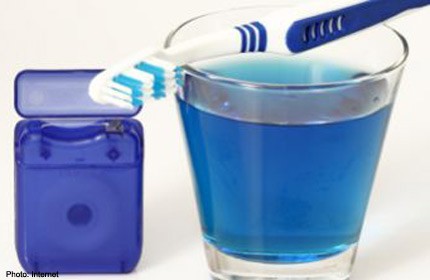Tooth decay prevalent among Alaska native children


ANCHORAGE - Native Alaskan children living in remote villages have rates of tooth decay about four times the national average, a government study showed.
Lack of fluoridated water and an abundance of sugary, carbonated soda pop were the major reasons cited in the research that tracked dental health of children in the mostly Yupik Eskimo region of southwestern Alaska.
Dr. Brad Whistler, Alaska state oral health director and a co-author of the study, said children need major dental work.
"When they smile, you see a lot of silver teeth," he said.
Such severe decay sets up children to have serious dental problems as adults, Whistler said.
One reason for the high level of tooth decay is poor water-system infrastructure in many Alaska Native villages, which prevents the fluoridation of drinking water that has helped lower rates of tooth decay.
In some villages that were part of the study, residents must haul water home from central pumps, he said.
Even those places with more sophisticated systems are likely to lack fluoride in drinking water, because few qualified technicians are available to work in such far-flung locations and install the necessary equipment.
The other major problem is the erosion of the traditional Native diet with the introduction of food laden with sugar, Whistler said.
The study, by the federal Centers for Disease Control and the Alaska Department of Health and Social Services, analyzed 2008 dental records and habits of 348 children between the ages of four and 15.